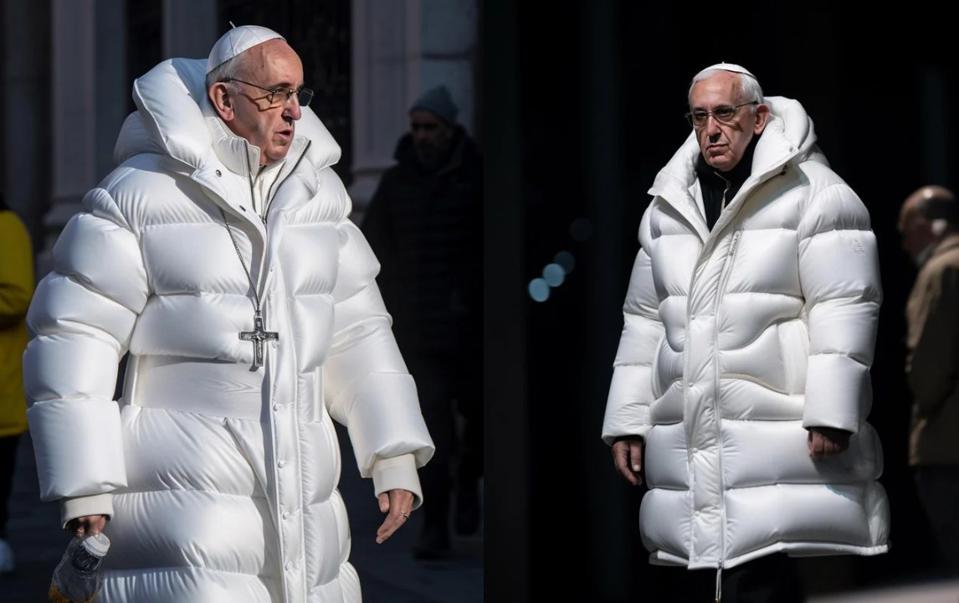
Monday March 27, 2023
How AI-Generated imagery is Changing Communications
The widespread use of AI-generated imagery in communications is already here, and it looks like a real industry game-changer. These text-to-image services allow communication experts to quickly and easily create custom images that meet their needs. The increasing presence of AI imagery in mainstream stock photo libraries suggests that they are becoming more accepted.
AI imagery and designs can be used for digital marketing campaigns. This can include creating banners, video ads, online banners and social media graphics. The potential here is limitless because it’s possible to create thousands of art pieces from just one original image or idea.
A few days ago, an image of Pope Francis donning a huge white puffer jacket with a cross hanging from it sent social media users into a frenzy. The photo was created using Midjourney – an AI image generator.
The image was then shared on Reddit before making its way to Twitter over the weekend, and many were fooled into thinking it was real. Today, the boundary between reality and the realm of imagination is becoming thinner.
The Magic of AI Imagery
The goal of artistic AI is not merely replication or reproduction but creativity itself. The most advanced algorithms can generate unique art pieces without human intervention beyond giving them basic parameters or prompts.
The concept is simple. You type in words describing the kind of image you want. Then, the artificial intelligence technology searches through hundreds of millions of photographs on the internet labelled with those keywords, culls out the pertinent ones, and then combines the relevant images to form a single image. This takes place in a matter of seconds.
For example, a user might input a text description of a “Red flying car with wings,” The AI generation tool would use its understanding of objects and scenes to create an image of a red flying car with wings. Not happy with the generated result? Hit resend, and another photo with similar attributes pops up seconds later. Still not happy? You can continue this process to keep generating unique images based on your prompt.
The genius of the AI tool is that the quality of the prompt determines the output quality. The more descriptive and expressive you are with your prompts, the closer to your intent, the illustration will be. Through this iterative process, the AI generation tool can create unique and diverse images beyond what a human designer might imagine.
Benefits of AI Imagery
Cost and Time Efficiency: The ability to produce high-quality images quickly and cheaply is one of the most significant benefits of AI imagery. Traditional image production methods can be time-consuming and expensive. For example, hiring a photographer or graphic designer to create custom images can be costly and take time. With AI-generated photos, you can create high-quality images in minutes. This speed and cost-effectiveness will enable communications experts to produce more visual content than ever, which is crucial in today’s digital age.
Image Customisation: An appealing aspect of AI imagery is that it can offer a level of customisation and control that may not be possible with traditional stock libraries. With AI-generated imagery, it is possible to specify the desired elements and have an algorithm create a unique image that meets those requirements. This can be especially useful for companies with specific branding guidelines or that want to communicate complex concepts unique to their industry but not common enough to have their own section on stock photo segments. This ability to customise images will enable you to create a consistent brand image across all their visual content, strengthening your brand identity and building trust with your audience.
AI Imagery in Social media and Website Design
One area where AI-generated art will be revolutionary is social media, which can create attention-grabbing images that stand out in a sea of content. AI-generated art can be customised to be visually appealing, increasing the likelihood of engagement from the target audience. Social media platforms are highly visual, and businesses that fail to produce visually appealing content risk being left behind. With AI-generated art, communications experts can create high-quality visual content quickly and at a low cost, ensuring that they remain competitive in the social media space.
AI-generated art is also changing the game in website design. Websites that are visually appealing and easy to navigate are essential in creating a positive user experience. You can create highly customised images that fit your branding and messaging requirements with AI-generated art. The algorithms can be trained to understand the size, colour, and style of the photo needed, ensuring that the image complements the website’s overall design. This customisation will help you create a website that is visually appealing, easy to navigate, and provides a positive user experience.
Issues Arising from the Use of AI-Generated Art
Despite the potential benefits of AI-generated images, there are concerns about their use. One of the main concerns is the potential for AI-generated images to deceive or manipulate people. AI-generated images can be created to look real, even when they are not. An example is the trending fake image of the Pope that went viral. This ability to deceive or manipulate people has led to concerns about using AI-generated images in advertising and marketing.
We might also be witnessing a transition from humans creating designs from scratch to humans reviewing the output of AI. I suspect we’ll see this disruption happen slowly across many adjacent fields. We’re still in the early days, but this Reddit user already feels the heat. He made a post saying, ‘I lost everything that made me love my job through Midjourney overnight.’ This could be a pointer to the implications for the creative/design job market.
Another concern around the use of AI-generated images is copyright. AI-generated images are created using algorithms, and there is a debate over who owns the copyright. While some argue that the copyright should belong to the person who created the algorithm, others argue that it should belong to the person who trained the algorithm or who commissioned the image creation.
To address these concerns, experts that use AI-generated images must be transparent about how the images were created. They must also ensure that the images are not used to deceive or manipulate people. This transparency will help build trust with the target audience and avoid any negative consequences of using AI-generated images.
Various AI tools are available today that businesses can use to create AI-generated images. Some of the popular ones include Midjourney and DALL-E.
As AI technology advances, communications experts must stay updated with the latest developments and ethically use AI-generated images.
Curzon PR is a London-based PR firm working with clients globally. If you have any questions, please feel free to contact our Business Development Team bd@curzonpr.com
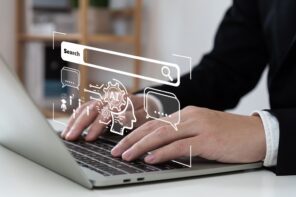
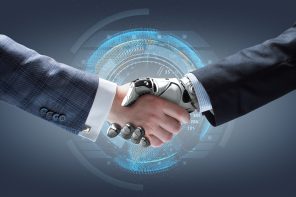

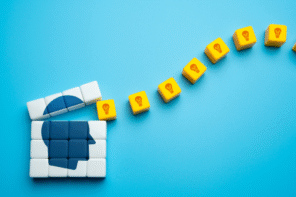
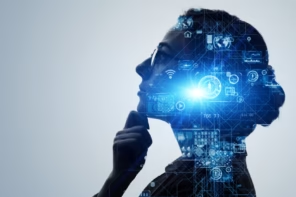

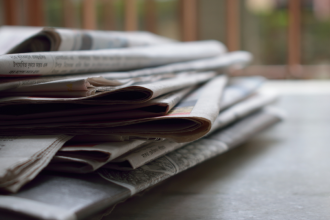
Follow us